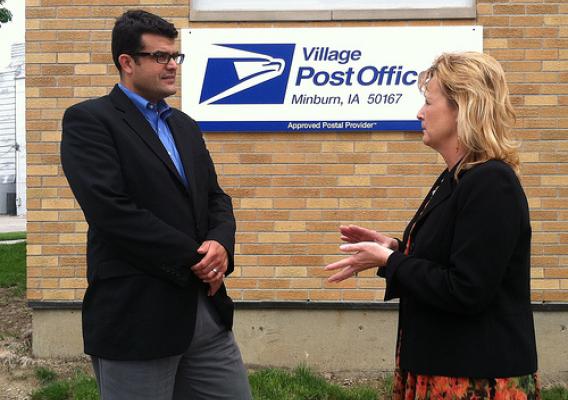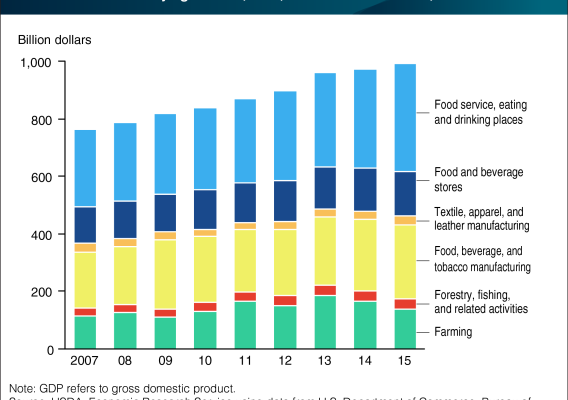Did you throw away any food today? If so, you are not alone.
Many of us struggle to store or use up the last of the leftovers or think of something edible to do with those shriveled vegetables at the bottom of the chiller drawer. In fact, in 2010, 133 billion pounds of food in U.S. retail food stores, restaurants, and homes never made it into people’s stomachs. An estimated 30 to 40 percent of the food supply in the U.S. is wasted, in that it never reaches the intended consumers. Unfortunately, the decision to purchase and then discard food has some serious ramifications for the environment and for food security.
Together, we can do something about this. On June 4th - the day before World Environment Day – USDA and the U.S. Environmental Protection Agency will launch the U.S. Food Waste Challenge and call on organizations spanning the food supply chain to join the fight against food waste. Together we can help reduce the amount of food that is sent to our landfills and increase the amounts that are recovered to help families in need.







